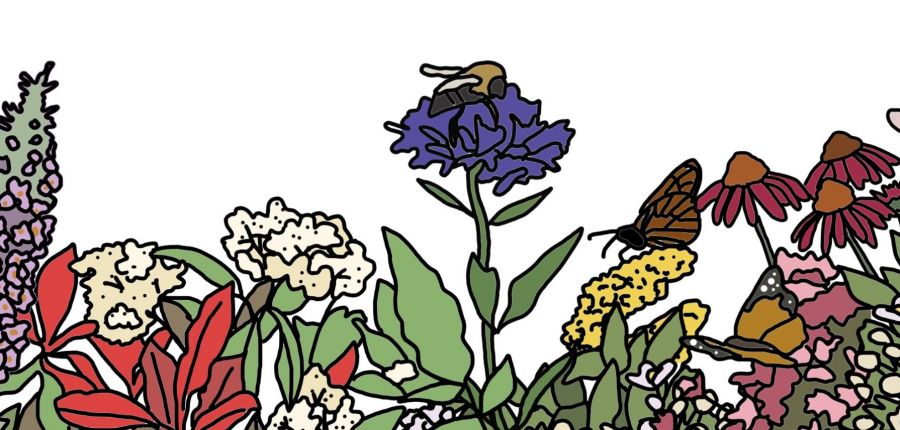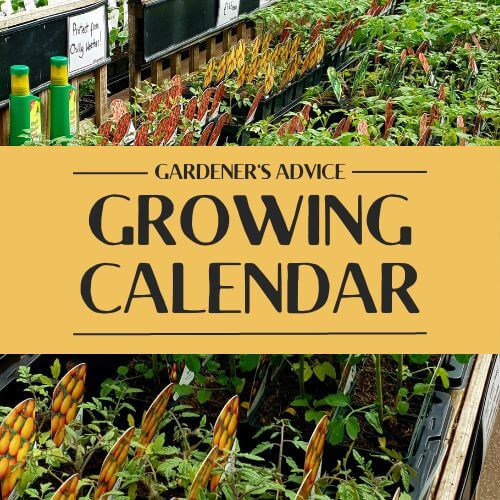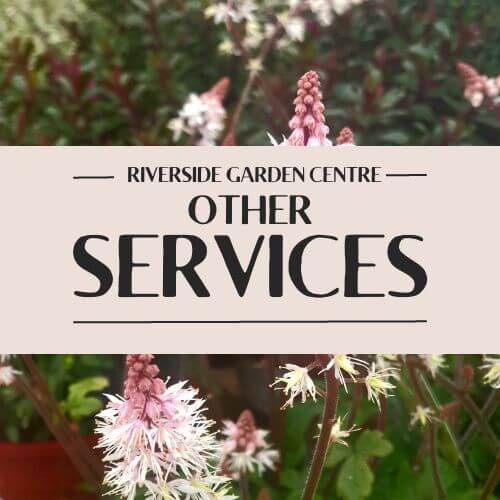Honeybees in spring
Posted By: John The Beekeeper Category: WildlifeEarly spring is an anxious time for us beekeepers. Honeybees do not hibernate but with the onset of cold weather in autumn, the colony forms a tight cluster with the queen in the middle for protection and the worker bees on the outside vibrating their wings to generate warmth. Bees are surprisingly resilient and will cope well with periods of cold weather, so as long as a honeybee colony has a plentiful supply of food – honey (of course!), or sugar syrup which can be fed to the bees at the end of summer – it can survive until early in the new year when the first flowers appear and nectar and pollen are once again available.
On warm days, a steady stream of bees leaving their hive is a heartening sight for a beekeeper, especially if some of the returning bees are carrying loads of pollen in the special sacks on their hind legs. Young bees need pollen for food so pollen-laden bees indicate that the queen has begun laying again and the colony is increasing in readiness for the new season.
Plants for bees and other pollinators
When the sun finally decides to shine again, look out for bees of all sorts, as well as other pollinators – butterflies, moths, hoverflies and beetles - in your garden. Honeybees, generally smaller, sleeker and much less hairy than most of their ‘bumblebee’ cousins, will fly a surprising distance in search of a rich source of nectar, but long distances use up precious reserves of energy requiring more food. At this time of year, a colony of honeybees can run out of food stores and die as a result – a distressing sight, the dead bees with their heads thrust deep into the cells in a desperate attempt to lick out the last specks of food.
Your garden, no matter how big or small, is one of a network of 22 million gardens across the UK so here are a few suggestions to ensure that it is well stocked with flowers for pollinators. The list may look daunting, but if your garden contains two varieties from each category you will be playing an important part in helping to conserve our population of pollinators.
Spring flowers much loved by bees
Bluebell, Bugle, Crab Apple, Crocus, Flowering Currant, Daffodil, Flowering Cherry,
Forget-Me-Not, Hawthorn, Hellebores, Pulmonaria, Pussy Willow, Rhododendron, Rosemary, Thrift, Tulip, Viburnum
Plants for early summer – butterfly favourites
Aurinia Saxatilis, Bugle, Buttercup, Candytuft, Geranium, Hawthorn, Hebe, Honeysuckle, Hydrangea, Lady’s Smock, Lavender, Marigolds, Privet, Pussy Willow, Scabious, Sedum Acre, Stocks
Plants for bees in early summer
Aquilegia, Achillea, Astilbe, Campanula, Ceanothus, Comfrey, Delphinium, Fennel, Foxglove, Geranium, Oregano, Potentilla, Salvia, Snapdragon, Teasel, Thyme, Verbascum
Plants for bees in late summer
Angelica, Aster, Buddleia, Cardoon, Cornflower, Cosmos, Dahlia, Fuchsia, Globe Thistle, Heather, Ivy, Lavender, Penstemon, Scabious, Sea Holly, Sedum, Verbena bonariensis
Late summer plants to attract butterflies
Ageratum, Angelica, Blackberry, Buddleia, Caryopteris, Dandelion, Cornflower, Echinacea, Heather, Heliotrope, Hemp Agrimony, Ivy, Marjoram, Oregano, Nasturtium, Runner Bean, Scabious, Teasel, Valerian







